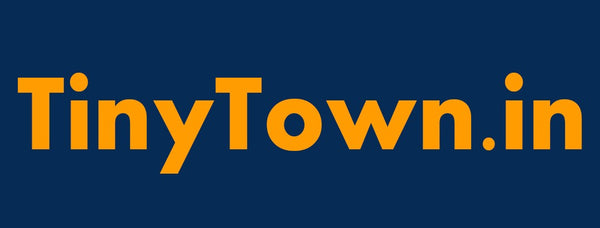With a population of over 1.2 billion people, India is the second largest nation in the world. The average population growth is about 1.3 per cent per year. Though an economy that set out as an Agricultural based one, India has developed over the last 50 years into an Economic behemoth of manufacturing and Service based Industries. This has led to an enormous population density in the cities and statistics show that 46 cities had more than 1 million inhabitants in 2011 while more than 10 million people live in each of the three largest metropolises of Mumbai, Delhi and Kolkata.
Since 1991, India’s reforms policies have transformed the country into one of the fastest-growing economic powers. India emerged from the strained world economy as one of the winners due to its strong domestic market. Since 2003, India’s GDP is increasing steadily and has even tripled with a value of US$ 1.84 trillion (2012 figures).
India has the fifth largest retail trade in the world. The tremendous growth of the GDP and the organised retail trade increases India’s consumer spending and has offered attractive opportunities for international companies to enter the market. Retail is also seeing International players like Hamley’s (tied up with Reliance) taking big strides in India while local regional players like Toy Story also seem to be expanding operations. Indian majors like the Mahindra’s have also forayed into this segment. While most LFR’s have a toy section, this is just to offer the whole bouquet of retail experience, rather than the dedicated “Toy Experience”. Will Toys ‘R Us take the leap?
E-commerce is gaining importance and growing at a rapid pace. According to studies internet retailing is increasing geometrically. In 2009 turnover was US$ 2.5 billion and increased to US$ 16 billion (2013). Online trading is expected to attain a conservative estimated value of more than US$ 56 billion by the year 2023. This has led to several online toy retailers and major online E-commerce sites showing greater focus on this segment.
The figures for imports of consumer goods almost increased 5 fold from 2004 to 2012, which proves the growing demand for international products.
There has also been strong growth in exports, from US$ 220.4 billion in 2010 to US$ 301.5 billion the following year.
Indian families focus on children. About 20 per cent of the global population under 25 years of age lives in India. Children under 14 years account for 28.9 per cent of the total population. With families going nuclear, a slight decline in the average number of children per family and rising income mean that Indian families have more money available for goods for the more wealthy. The growth of the middle class, the rich and super rich, increases the sales opportunities for high-value articles.
The Indian toy industry is estimated at about US$ 1.4 billion and until now has generated only 0.5 per cent of the global market. However, growth of some 15 % promises a rapid rise in this statistic, especially in the context of the growing middle class and increasing demand for quality and luxury goods.
In recent years, cities like Ahmedabad, Bangalore, Hyderabad and Pune have become the most important manufacturing sites of the Indian toy industry. Among the local manufacturers in India about 59 % are still focusing on the production of cheap and unbranded toys which appeals to the price-sensitive Indian consumers. In the future it is expected that these companies will shift towards branded toys as well to stay competitive with international companies.
While Indian toy industry is still majorly controlled by the small unorganised manufacturing, importing and retail players, the organised sector includes the likes of Funskool India – manufacturers and Importer for some leading global brands like Siku, Hasbro, Lego, Tomica & Hornby making a foray into the Indian Toy market Funskool has also entered the retail space with its own branded retail stores. Another such player is Mattel India – who brings global legends like Barbie, Hot Wheels & Matchbox. A few recent entrants like Bruder & Simba Dickie Group have also entered the Indian market with High Quality toys.
Internet retailing is becoming a more and more important distribution channel due to several reasons. Consumers have increasing access to the internet and online retailers often have better merchandise in terms of variety, new launches and the offer of branded toys. The share of internet retailing in sales grew from 1 % in 2007 up to 18 % in 2012.
Indian consumers pay more and more attention to high-quality products and thus branded articles. Although the price is often still the major deciding factor, its importance is relatively less in the case of well-known branded toys that promise good quality. Especially remarkable is the fact that 64% of consumers plan their purchase and as many as 57% of these look for a specific toy or game.
The children usually accompany their parents and have a direct influence on the decision to buy. TV advertising plays a major role here. The most popular product categories are electronic toys, followed by soft animals and hard toys.
Presents make up a significant share of toy sales. Indian tradition demands that the person receiving a present must give back something similar. Experts suspect that this accounts for about 50% of the market for gifts for people outside the family.
So summing up, Interesting times lie ahead for the Toy Industry in India which is growing at a rate of approximately 15% every year. The Great Indian Middle Class of almost 300 million people with a sizeable number of children making up that population makes a promise of humungous potential. The prospects for brand manufacturers in particular are outstanding, as quality and luxury play an increasingly important role.
So are you going to be part of this Story? I know I am already Toying with it!

